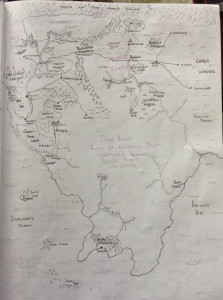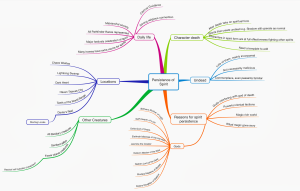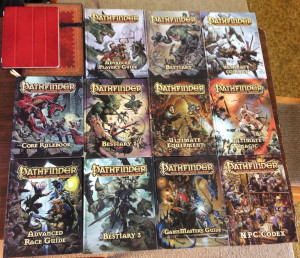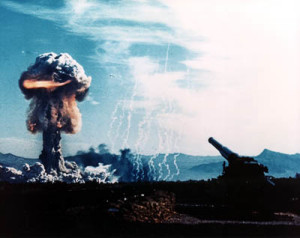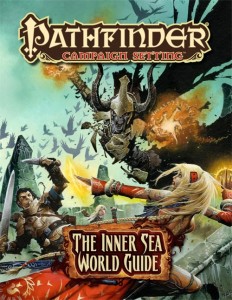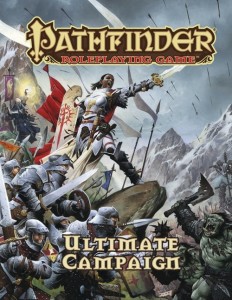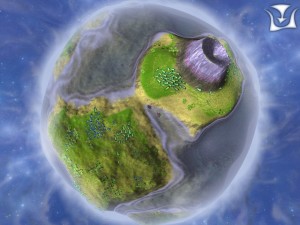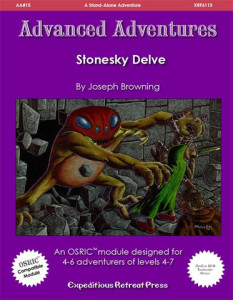According to Wikipedia a game can be considered an organized activity in which the participants engage in activities aimed at achieving a goal, either in competition with others, or in cooperation with them. The article in question notes that games often have elements in common, such as goals (victory conditions), a limited arena or playing field, and often a time limit. What about roleplaying games?
Note that in the case of an RPG most (there are exceptions) do not have formal goals, have an expansive playing field, and no real time limit. In the case of the last, play can be considered unending, with the group deciding when a particular campaign will come to an end. In short, you don’t need to end the game at a certain time and then assess victory and defeat. Nor do the players have to end a session when certain conditions are met and then determine victors and losers.
Instead, the players may suspend play at any time, then resume later. Thus the typical RPG is an endless game. Indeed, in some cases groups have made their games multigenerational, with the successors and heirs of the original characters carrying on after them.
Where time limits are concerned, they aren’t always adhered to. One group may solve the problem inside a few minutes. Another may take months of play just to get the adventurers together and hired to explore an ancient set of ruins. That is the thing about the great majority of RPGs, the players don’t have to complete their tasks in a certain set time, despite what certain parties would have you believe. In that sense RPGs are open ended.
The same applies to the arena. In a typical game – Parcheesi or Go or Chess – the field of play, pieces and terrain, are limited. This make mechanical balancing relatively easy. In an RPG the arena and the available actors are expansive indeed. When you consider an RPG environment is a largely active one, you come to realize the typical RPG cannot be mechanically balanced except in the most limited of fashions and for the most limited time. Look into Chaos Theory for further information regarding this.
Following the above we have the fact that things in any comprehensive world can not be equal in any real way in any but the most restrictive RPG. There is just too much going on for RPGs to be substantially balanced or to stay balanced.
So what do we have with RPGs? No real objective, no real time limit, and an unbalanced situation that relies on initiative on the part of player and GM alike for matters to work. And let’s not forget the opportunity factor. In a traditional game the player only has so many options he can follow. In an RPG there may be limits, but the choices available can often be wide ranging, and often there are occasions when even those choices can be expanded upon. When you get right down to it, RPGs really don’t qualify as games in the traditional sense. An RPG is more an exercise in imagination, exploration, and interaction. You have the freedom to solve your problems in a wide variety of ways, not just a few.
More could be said on the subject, but I think we’ll stop here. Unless something happens we’ll be taking a look at players in RPGs and what they do next week.
Alan Kellogg. I am a blogger and a gamer, and I opine on various subjects and topics. I live in San Diego CA, have been gaming since 1964 (board games) and 1975 (RPGs). Have credits in Dangerous Journeys: Mythus and have helped out with a few other projects (Charlemagne’s Paladins for TSR for instance). Currently working on a revision of Mythus for possible publication.


